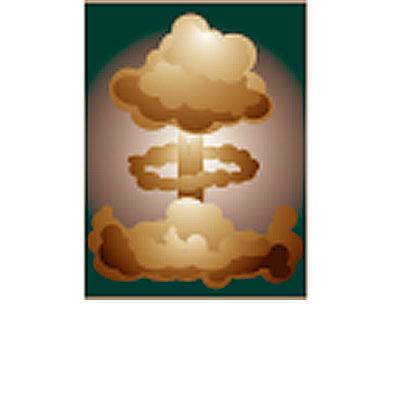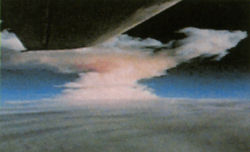

The Tsar Bomba was a one-off designed to showcase the Soviet Union's military might, and to date, no further iterations of the weapon have been made. However, the destructive capability of the B83 pales in comparison with the most powerful bomb ever made: the Soviet Union's "Tsar Bomba," which had a yield of 50 megatons - around 2,500 times more powerful than the weapon that destroyed Nagasaki. According to the Nuclear Weapon Archive, 650 B83s are in "active service." In the United States' current nuclear arsenal, the most powerful bomb is the B83, which has a maximum yield of 1.2 megatons, making it 60 times more powerful than the bomb dropped on Nagasaki, Japan, in 1945. Nuclear weapons vary in their destructive power. How powerful are the nuclear weapons out there? This could take days, or even weeks, to arrange.Īnd others, such as the United Kingdom, have nuclear weapons "deployed at all times on ballistic missile submarines," but these are kept in detargeted mode and would require "hours or days to be brought to launch-ready status," Korda said. Other countries - including China, Israel, India and Pakistan - keep their nuclear weapons in central storage, meaning they would have to be taken out and "mated to their delivery systems in a crisis," Korda said. and Russia each had around 900 weapons on such hair-trigger alert. A 2015 paper by the Union of Concerned Scientists estimated that the U.S. and Russia keep a portion of their nuclear weapons on prompt alert, meaning they could be ready to launch "in under 15 minutes," he said.

Related: The 9 most powerful nuclear explosions How quickly can nuclear weapons be deployed?Īs for how quickly a nuclear weapon could be deployed and how many are on "high alert," there is "a bit of a spectrum," Korda told Live Science. "Although it's difficult to know definitively exactly how nuclear arsenals are changing, we assess that China, India, North Korea, Pakistan and the United Kingdom, as well as possibly Russia, are all increasing the number of nuclear weapons in their military stockpiles," said Matt Korda, a senior research associate and project manager for the Nuclear Information Project at the Federation of American Scientists. In fact, "there was actually an increase in deployed warheads last year, and all nine nuclear-armed states are either upgrading or increasing their arsenals," Jones said. However, this drastic reduction is "mainly due to them dismantling retired warheads," Sara Medi Jones, a campaigner at the Campaign for Nuclear Disarmament (CND), told Live Science.

Today, Russia says it has 6,257 nuclear warheads, while the United States admits to having 5,550, according to a January fact sheet released by the Arms Control Association. At the time of the Soviet Union's collapse in 1991, around "35,000 nuclear weapons remained at thousands of sites across a vast Eurasian landmass that stretched across eleven time zones," according to a Harvard Kennedy School report written by Graham Allison, a national security analyst at the school. In 1967, the United States had 31,225 nuclear weapons, Homeland Security Newswire reported.

and Russia have reduced their respective nuclear arsenals, and their nuclear stockpiles are far smaller than they were at their height. Since the end of the Cold War, both the U.S.


 0 kommentar(er)
0 kommentar(er)
